The Changing Face of Campus Activism in the US: A New Era of Engagement
Campus activism has been a cornerstone of American higher education for decades, serving as a platform for students to voice their concerns and advocate for change. However, the landscape of student activism has undergone a significant transformation in recent years, fueled by technological advancements, shifting societal norms, and a heightened awareness of social justice issues.
From Traditional to Digital: Embracing the Power of Technology
One of the most striking changes in campus activism is the integration of digital tools and platforms. Social media has emerged as a powerful force for mobilization, enabling students to connect, organize, and amplify their voices on a global scale. Hashtags, online petitions, and live streams of protests have become commonplace, allowing activists to reach a broader audience and bypass traditional media channels.
Intersectionality at the Forefront: Recognizing Diverse Identities and Experiences
Another key trend is the emphasis on intersectionality. Activists today recognize the complex interplay of race, gender, sexuality, class, and other identities in shaping individual experiences of oppression and discrimination. This understanding has led to a more inclusive and nuanced approach to activism, with a focus on solidarity and coalition-building across different groups.
Mental Health Takes Center Stage: Addressing the Student Well-being Crisis
In recent years, there has been a growing recognition of the mental health crisis affecting college students. Activists are increasingly advocating for improved access to mental health resources, reduced stigma surrounding mental illness, and a more supportive campus environment. This shift highlights the interconnections of social justice and individual well-being. While campus-specific issues remain important, student activism is increasingly extending its reach beyond the university walls. Students are actively involved in local and global movements, addressing issues such as climate change, immigration reform, and economic inequality. This reflects a broader sense of civic responsibility and a desire to effect change on a larger scale.
Challenges and Opportunities: Navigating a Complex Landscape
Despite these positive developments, campus activism still faces significant challenges. Universities often struggle to balance free speech with concerns about safety and disruption. Online activism can be susceptible to misinformation and harassment. Moreover, sustaining momentum and achieving tangible results can be difficult in a constantly evolving landscape.
However, the evolution of campus activism also presents exciting opportunities. The digital age has democratized access to information and communication tools, empowering students to engage in activism in new and creative ways. The focus on intersectionality fosters a more inclusive and collaborative approach to social justice. And the growing awareness of mental health issues reflects a deeper understanding of the needs of students today.
A Promising Future for Campus Activism
The future of campus activism in the US looks promising. Students are increasingly engaged, informed, and passionate about creating a more just and equitable world. As they continue to navigate the challenges and opportunities of the digital age, their activism will undoubtedly shape the future of higher education and society as a whole.


